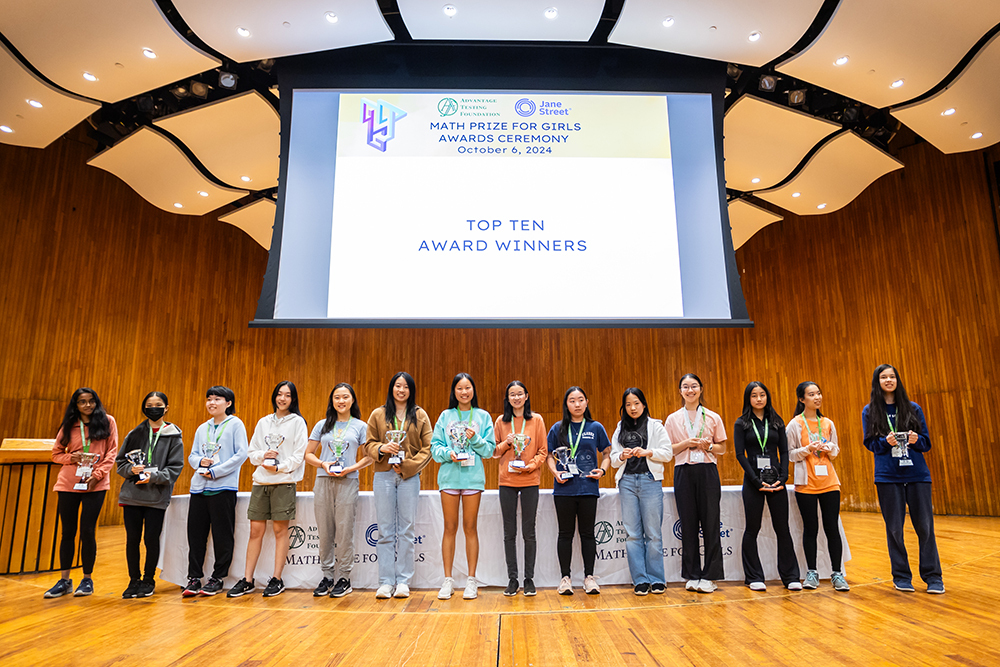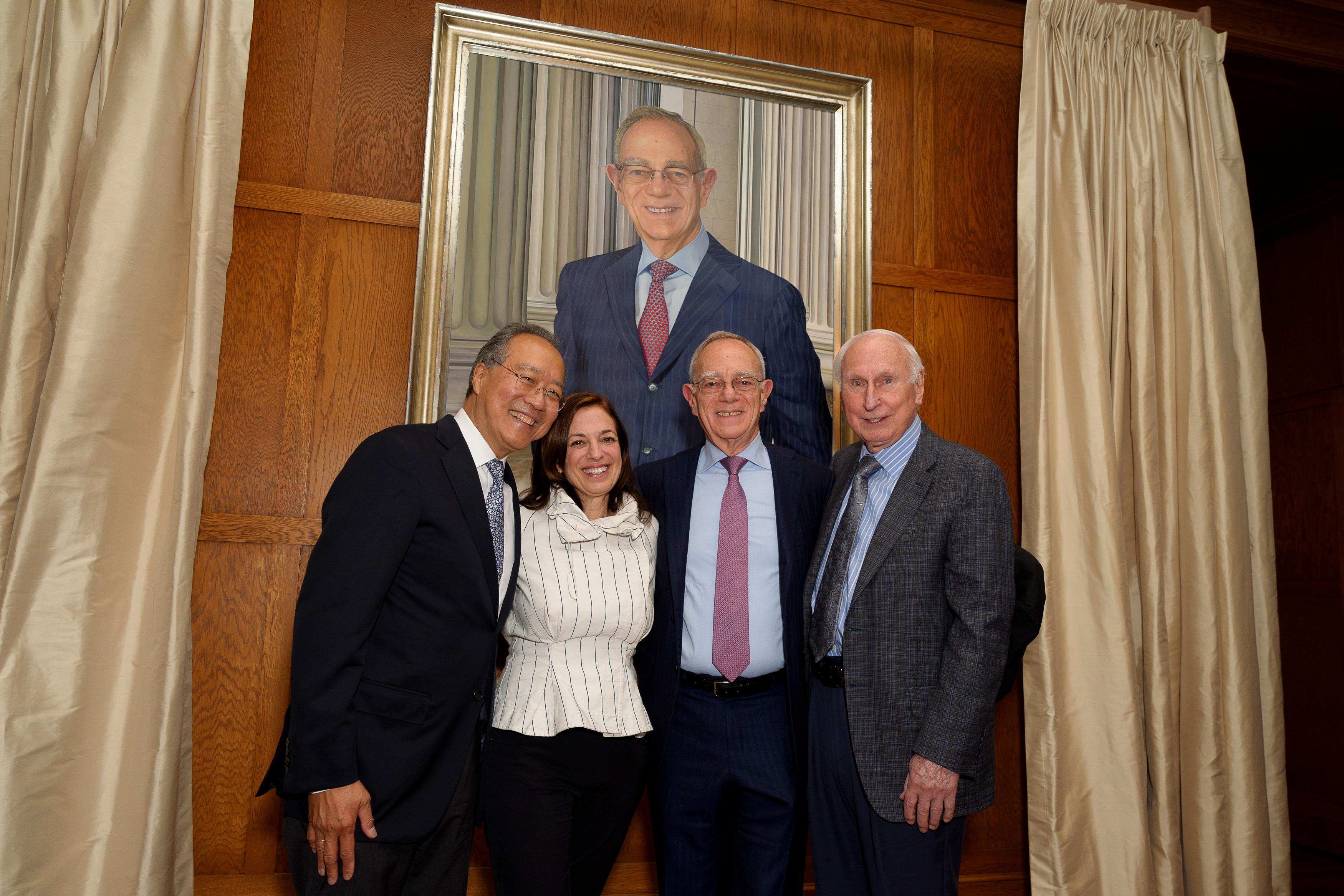Add up the commitments from the Paris Agreement, the Glasgow Climate Pact, and various commitments made by cities, countries, and businesses, and the world would be able to hold the global average temperature increase to 1.9 degrees Celsius above preindustrial levels, says Ani Dasgupta, the president and chief executive officer of the World Resources Institute (WRI).
While that is well above the 1.5 C threshold that many scientists agree would limit the most severe impacts of climate change, it is below the 2.0 degree threshold that could lead to even more catastrophic impacts, such as the collapse of ice sheets and a 30-foot rise in sea levels.
However, Dasgupta notes, actions have so far not matched up with commitments.
“There’s a huge gap between commitment and outcomes,” Dasgupta said during his talk, “Energizing the global transition,” at the 2024 Earth Day Colloquium co-hosted by the MIT Energy Initiative and MIT Department of Earth, Atmospheric and Planetary Sciences, and sponsored by the Climate Nucleus.
Dasgupta noted that oil companies did $6 trillion worth of business across the world last year — $1 trillion more than they were planning. About 7 percent of the world’s remaining tropical forests were destroyed during that same time, he added, and global inequality grew even worse than before.
“None of these things were illegal, because the system we have today produces these outcomes,” he said. “My point is that it’s not one thing that needs to change. The whole system needs to change.”
People, climate, and nature
Dasgupta, who previously held positions in nonprofits in India and at the World Bank, is a recognized leader in sustainable cities, poverty alleviation, and building cultures of inclusion. Under his leadership, WRI, a global research nonprofit that studies sustainable practices with the goal of fundamentally transforming the world’s food, land and water, energy, and cities, adopted a new five-year strategy called “Getting the Transition Right for People, Nature, and Climate 2023-2027.” It focuses on creating new economic opportunities to meet people’s essential needs, restore nature, and rapidly lower emissions, while building resilient communities.
In fact, during his talk, Dasgupta said that his organization has moved away from talking about initiatives in terms of their impact on greenhouse gas emissions — instead taking a more holistic view of sustainability.
“There is no net zero without nature,” Dasgupta said. He showed a slide with a graphic illustrating potential progress toward net-zero goals. “If nature gets diminished, that chart becomes even steeper. It’s very steep right now, but natural systems absorb carbon dioxide. So, if the natural systems keep getting destroyed, that curve becomes harder and harder.”
A focus on people is necessary, Dasgupta said, in part because of the unequal climate impacts that the rich and the poor are likely to face in the coming years. “If you made it to this room, you will not be impacted by climate change,” he said. “You have resources to figure out what to do about it. The people who get impacted are people who don’t have resources. It is immensely unfair. Our belief is, if we don’t do climate policy that helps people directly, we won’t be able to make progress.”
Where to start?
Although Dasgupta stressed that systemic change is needed to bring carbon emissions in line with long-term climate goals, he made the case that it is unrealistic to implement this change around the globe all at once. “This transition will not happen in 196 countries at the same time,” he said. “The question is, how do we get to the tipping point so that it happens at scale? We’ve worked the past few years to ask the question, what is it you need to do to create this tipping point for change?”
Analysts at WRI looked for countries that are large producers of carbon, those with substantial tropical forest cover, and those with large quantities of people living in poverty. “We basically tried to draw a map of, where are the biggest challenges for climate change?” Dasgupta said.
That map features a relative handful of countries, including the United States, Mexico, China, Brazil, South Africa, India, and Indonesia. Dasgupta said, “Our argument is that, if we could figure out and focus all our efforts to help these countries transition, that will create a ripple effect — of understanding technology, understanding the market, understanding capacity, and understanding the politics of change that will unleash how the rest of these regions will bring change.”
Spotlight on the subcontinent
Dasgupta used one of these countries, his native India, to illustrate the nuanced challenges and opportunities presented by various markets around the globe. In India, he noted, there are around 3 million projected jobs tied to the country’s transition to renewable energy. However, that number is dwarfed by the 10 to 12 million jobs per year the Indian economy needs to create simply to keep up with population growth.
“Every developing country faces this question — how to keep growing in a way that reduces their carbon footprint,” Dasgupta said.
Five states in India worked with WRI to pool their buying power and procure 5,000 electric buses, saving 60 percent of the cost as a result. Over the next two decades, Dasgupta said, the fleet of electric buses in those five states is expected to increase to 800,000.
In the Indian state of Rajasthan, Dasgupta said, 59 percent of power already comes from solar energy. At times, Rajasthan produces more solar than it can use, and officials are exploring ways to either store the excess energy or sell it to other states. But in another state, Jharkhand, where much of the country’s coal is sourced, only 5 percent of power comes from solar. Officials in Jharkhand have reached out to WRI to discuss how to transition their energy economy, as they recognize that coal will fall out of favor in the future, Dasgupta said.
“The complexities of the transition are enormous in a country this big,” Dasgupta said. “This is true in most large countries.”
The road ahead
Despite the challenges ahead, the colloquium was also marked by notes of optimism. In his opening remarks, Robert Stoner, the founding director of the MIT Tata Center for Technology and Design, pointed out how much progress has been made on environmental cleanup since the first Earth Day in 1970. “The world was a very different, much dirtier, place in many ways,” Stoner said. “Our air was a mess, our waterways were a mess, and it was beginning to be noticeable. Since then, Earth Day has become an important part of the fabric of American and global society.”
While Dasgupta said that the world presently lacks the “orchestration” among various stakeholders needed to bring climate change under control, he expressed hope that collaboration in key countries could accelerate progress.
“I strongly believe that what we need is a very different way of collaborating radically — across organizations like yours, organizations like ours, businesses, and governments,” Dasgupta said. “Otherwise, this transition will not happen at the scale and speed we need.”

 5 months ago
53
5 months ago
53


